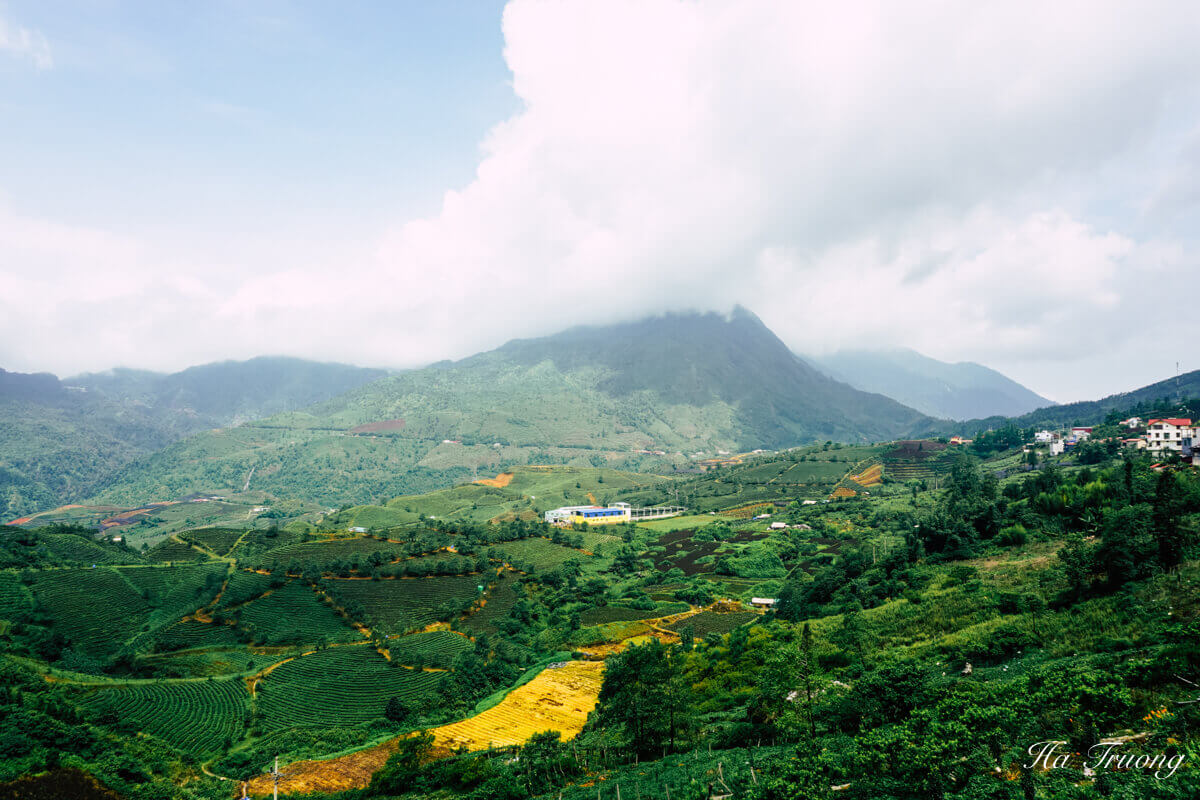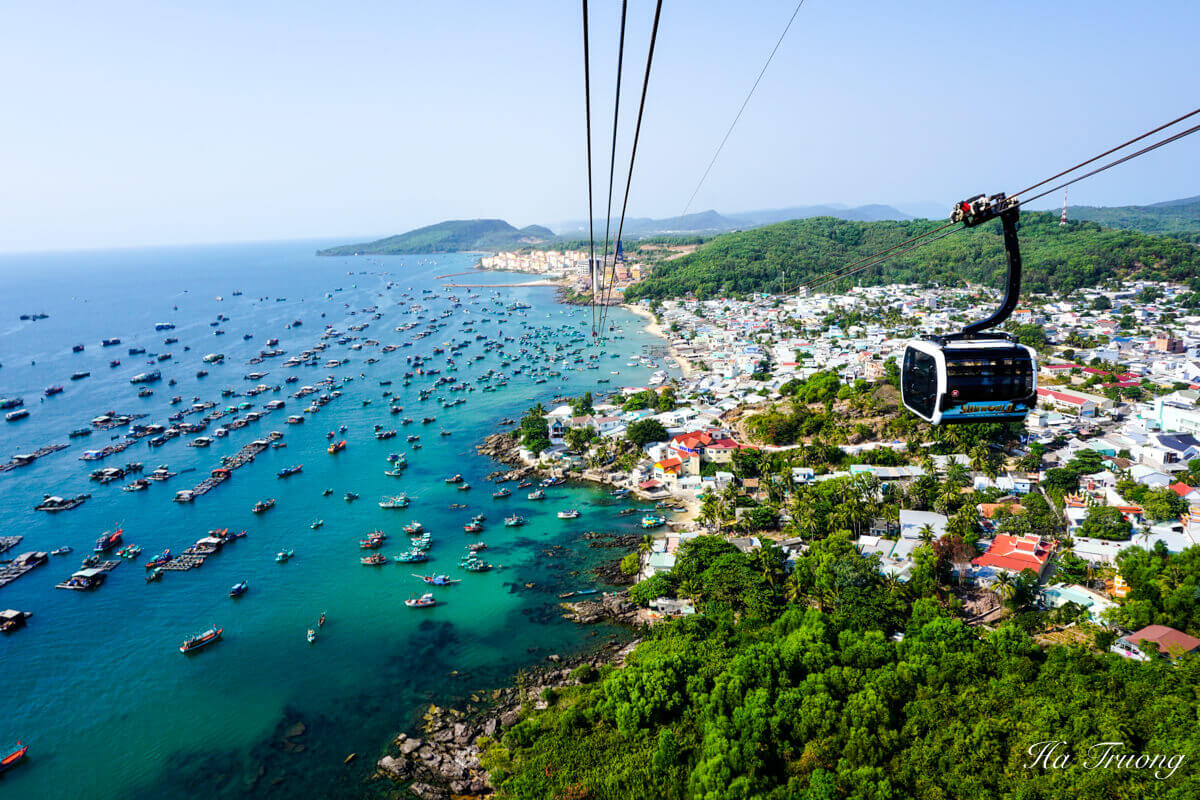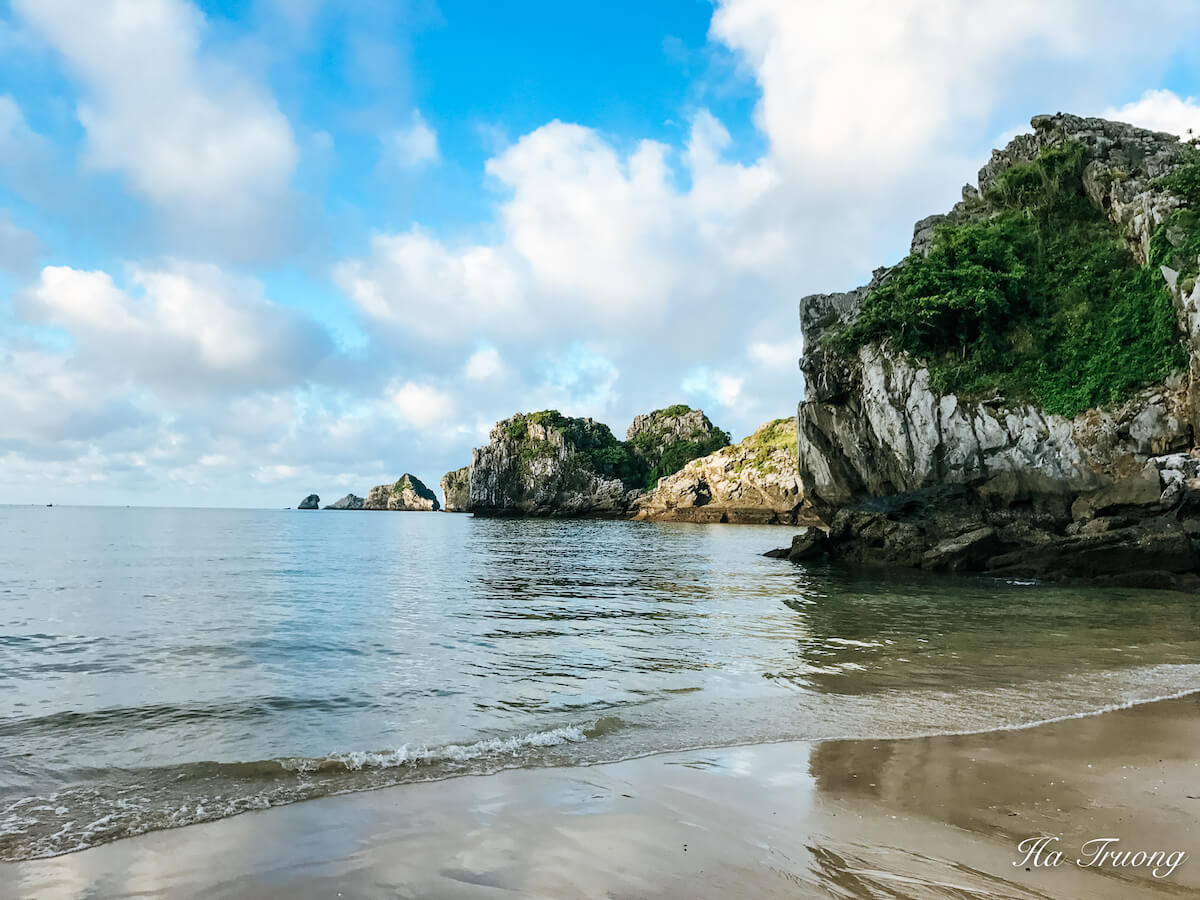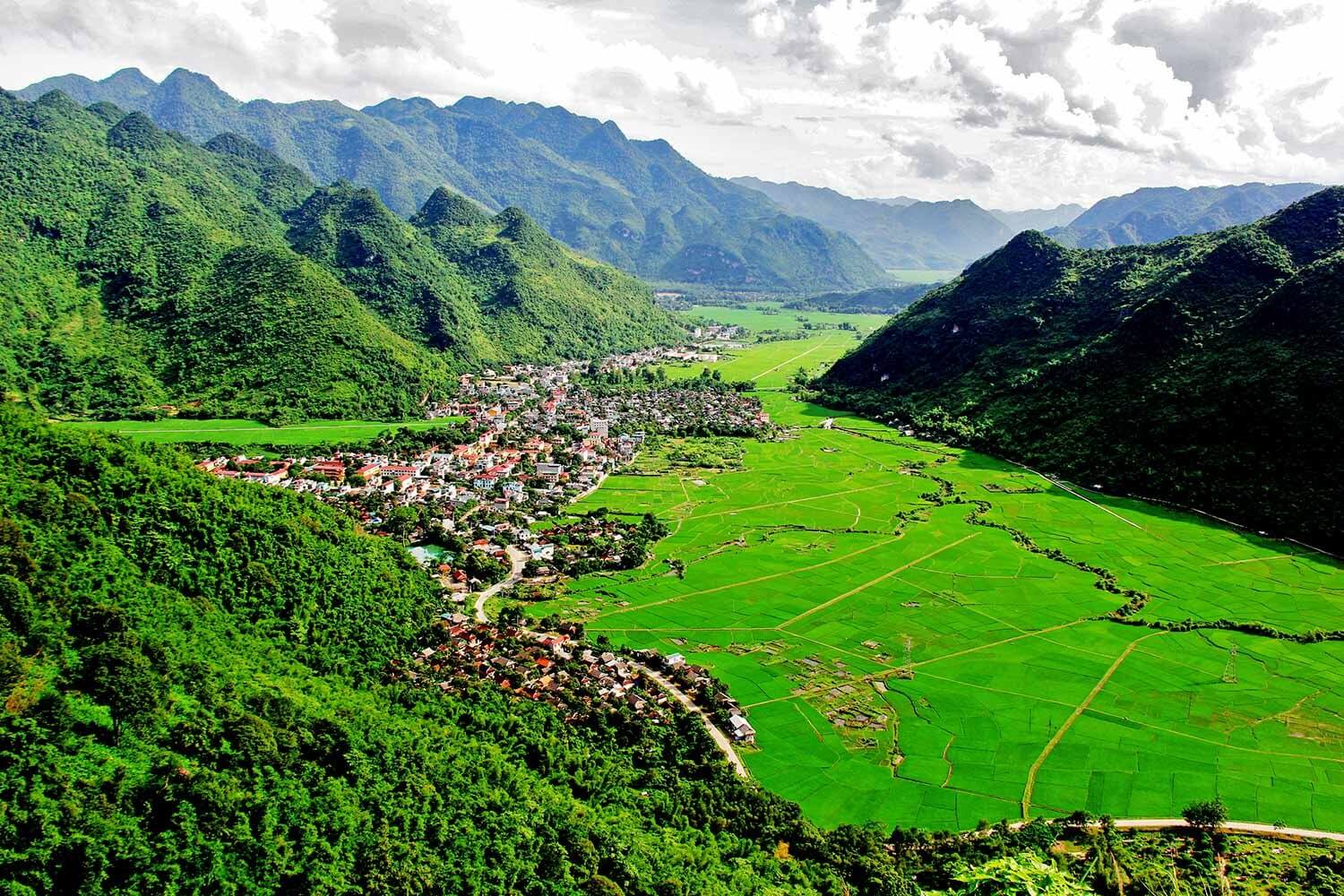Renting a Motorbike in Vietnam: Your Go-To Guide
Vietnam is a country best experienced on two wheels. That’s right—renting a motorbike in Vietnam can transform your trip from just another vacation into an epic, unforgettable journey.
From choosing the right bike and understanding local traffic laws to navigating Vietnam’s unique road culture, there’s a whole lot you need to know about motorbike rental in Vietnam.
Types of Bikes for Your Vietnam Adventure
Semi-Automatic Bikes: City Explorers
These bikes are the go-to for city explorations. They’re straightforward, and relatively easy to control, and you’ll blend in with locals since these are super popular in Vietnam.
Automatic Scooters: Ideal for Vietnam Motorbike Rental Beginners
These are perfect if you’re not familiar with riding two-wheelers. They are easy to handle, making them great for short city trips.
Manual Bikes: For the Motorbike Enthusiasts
If you’re looking for more power and are comfortable with gears, manual bikes are the way to go. They give you the speed and versatility to tackle Vietnam’s diverse terrains, from mountains to muddy tracks.
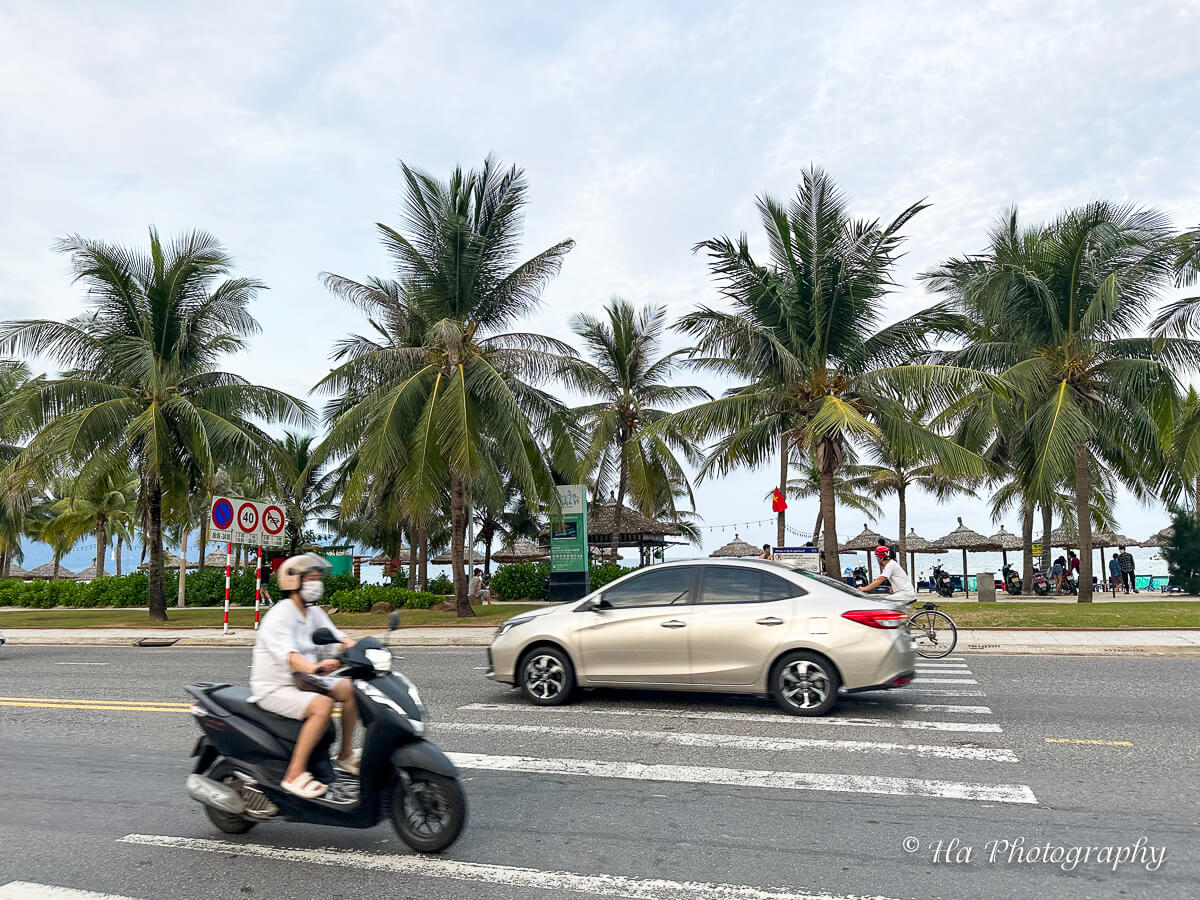
Rent or Buy a Motorbike in Vietnam?
To buy or not to buy, that’s the question!
Both options have their merits, but it ultimately boils down to how long you plan to stay in Vietnam and what kind of adventure you’re after.
Benefits of renting
Renting a bike in Vietnam is ideal for a short trip.
It’s hassle-free, usually more economical for brief periods, and lets you avoid the logistics of selling the bike afterward.
Most rental places also offer maintenance support, which is great if you’re not mechanically inclined.
Benefits of buying
On the other hand, buying might cost more upfront, but it pays off if you’re here for the long haul.
You can sell the bike when you leave and recoup some of your initial investment. Plus, owning gives you the freedom to customize your bike as you please.
The downside? You’re on your own for repairs and maintenance.
So, which will it be? If you’re here for a quick tour, motorbike rental is your best bet. Staying longer and up for an ongoing adventure? Buying a motorbike in Vietnam might be the way to go.

What You’ll Need for Motorbike Rental in Vietnam
Your Passport
Most motorbike rental shops in Vietnam will keep it as a deposit.
Though it might seem unnerving, it’s a common practice. Some shops also accept payment as a deposit so just ask them.
Just make sure you’re dealing with a reputable shop.
Payment: Daily Rental Rates
If you’re budgeting for your trip, allocate around $5-10 per day for basic models. Some shops offer discounts for weekly or monthly rentals. It’s a good idea to negotiate.
Driving license
While most shops don’t ask for your International driving license, you still should have it.

Inspection Tips for Renting a Motorbike in Vietnam
A quick inspection is non-negotiable.
Start with the basics—check the tires for air pressure and any visible damage. Flat tires in the middle of nowhere are no one’s idea of fun.
Next, take a look at the brakes. Test them on your test ride; you should feel a smooth and responsive action when you squeeze the brake levers.
Lights and indicators are next on the list. Make sure they’re working fine because you’ll need them when night falls or when you’re signaling through Vietnam’s chaotic traffic.
Lastly, let’s talk documentation. Make sure the motorbike’s papers are up-to-date. Not every shop will voluntarily show you, so make it a point to ask. This makes sure that you’re riding a legal vehicle and can save you from trouble down the line.
Before you set off, take photos of your bike from all angles, focusing on any existing damage. Look for scratches and dents. These photos can save you from unnecessary arguments and costs when you return the bike.

Returning Your Motorbike after renting
All good adventures must come to an end.
Most shops expect the bike to be returned with a full tank, so fill it up before you return.
This is also the time to bring out those pre-ride photos you took. Go through a quick inspection with the rental shop to ensure no additional damages.
Retrieve your passport and thoroughly check it. Make sure it’s yours and in the same condition as when you left it. Once everything checks out, you can get your deposit back.
Where to Buy a Motorbike in Vietnam
If you’re seriously considering buying a motorbike in Vietnam, here are some tips.
Big Cities: Hanoi and Ho Chi Minh City
First, big cities like Hanoi and Ho Chi Minh City are your go-to spots for a wider selection and, often, better prices.
- In Hanoi, swing by the Old Quarter, where many motorbike shops line the streets.
- In Ho Chi Minh City, District 1 and Binh Thanh District are your best bets.
Don’t just go to the first shop you see; shop around a bit. Prices and quality can vary dramatically.
Online Marketplaces
Facebook groups are another treasure trove for buying motorbikes in Vietnam.
There are expat groups and motorbike sales on Facebook, where people often post bikes for sale. This is a good option if you want a bike that’s been “road-tested” by another traveler.
From Other Travelers
Hostels and guesthouses are other spots for finding motorbikes for sale. You may find bulletin boards with postings or fellow travelers looking to pass on their bikes before heading home.
What to Look for When Buying
Whichever route you go, make sure you check the bike thoroughly.
Look for any signs of wear and tear, check the brakes, lights, and horn, and definitely take it for a test drive.
It’s better to spend a little more upfront for a quality bike than to save a few bucks and end up with a lemon.
How Do I Sell My Motorbike?
List your bike online, especially in travel and expat forums.
Be honest about the bike’s condition and offer as much info as possible. You’ll be surprised how quickly you’ll get inquiries.
When you meet potential buyers, let them test the bike, but keep a close eye.
Finally, once the sale is done, make sure that all the paperwork is transferred correctly. You don’t want to be held responsible for whatever the new owner might get up to with the bike.
Driving Rules in Vietnam
I bet you’re thinking, “Traffic rules? In Vietnam?” I get it.
Your first impression might be that traffic in Vietnam is a bit like the Wild West, but you’d be wrong. There’s a certain order to the chaos, and there are rules you should definitely be aware of.
First up, helmets are a must. You’ll spot some locals cruising around without them, but don’t be fooled. Helmets are legally required, and your chance of encountering a police stop increases tenfold if you go without them. Also, getting a brain injury in a foreign country? No, thank you.
Vietnam drives on the right side of the road. But let’s be honest, you’ll find vehicles coming from all directions. Keep your wits about you and your eyes peeled.

Speed limits are generally 40-60 km/h in the cities and can go up to 80 km/h on highways.
There are police checkpoints, and they love handing out speeding fines. Always carry your rental agreement, passport copy, and that all-important International Driving Permit.
Finally, honking is like saying ‘hello’ in Vietnamese traffic. Use your horn liberally to let others know you’re around, especially on curves and intersections.
Best motorbike routes in Vietnam
Here are some of the most jaw-dropping motorbike routes in Vietnam that you should definitely add to your bucket list.
Ha Giang Loop
Situated in Vietnam’s northernmost province, Ha Giang loop is a maze of twisting roads, towering limestone peaks, and valleys that seem to touch the sky.
Starting in Ha Giang city, this loop is about 350 kilometers long. It takes roughly 3-5 days to complete, and you’ll pass through tiny villages where it feels like time just stood still.
As for the scenery, wow! Between the Ma Pi Leng Pass and Quan Ba Heaven’s Gate, it’s like you’re riding through a painting.

O Quy Ho Pass
Known as the “Cloud Pass”, this stretch is one of the most challenging yet exhilarating bike routes in Vietnam.
Located in the majestic Hoang Lien Son mountain range, O Quy Ho Pass connects Lao Cai and Lai Chau provinces. It’s a thrilling 50-kilometer ride, where every turn and twist reveals unparalleled views of Vietnam’s highest peak, Fansipan.
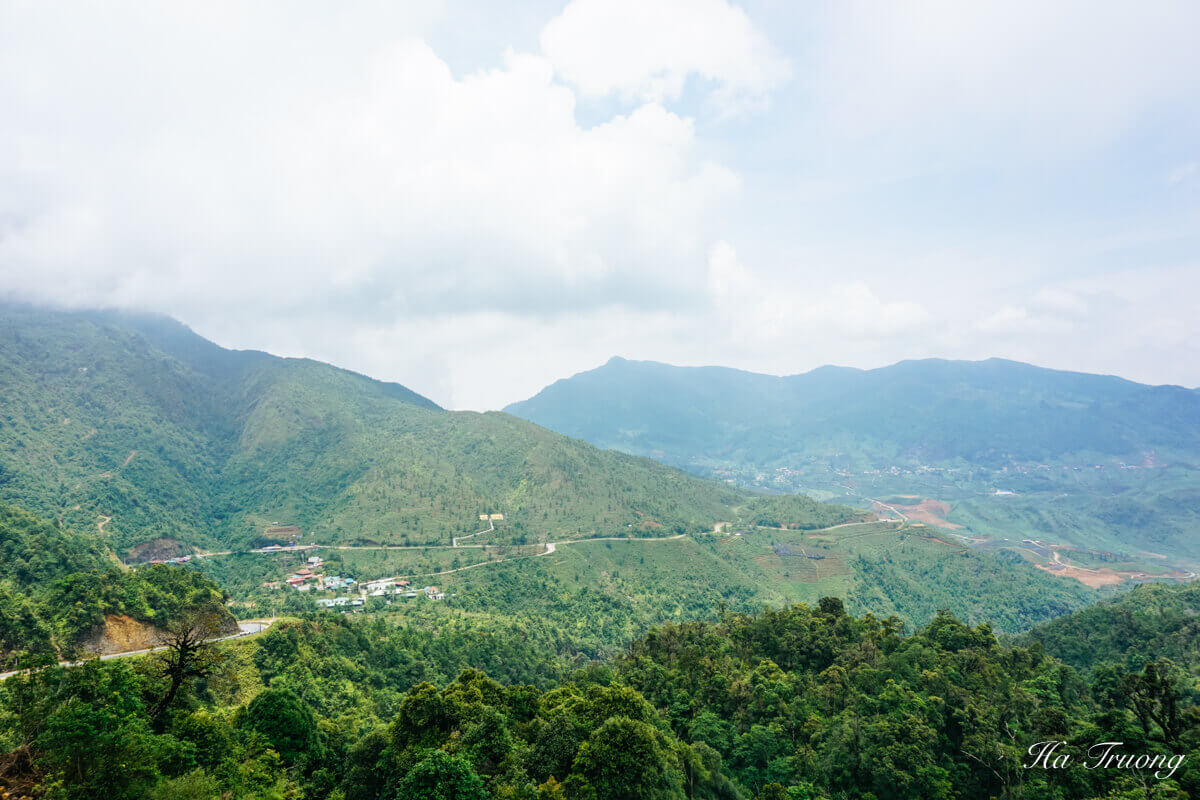
Hai Van Pass
Located between Hue and Da Nang, Hai Van Pass gives you a sensory overload: think steep inclines, winding roads, and panoramic sea views. It’s a short ride, but one of the most unforgettable ones you’ll make.
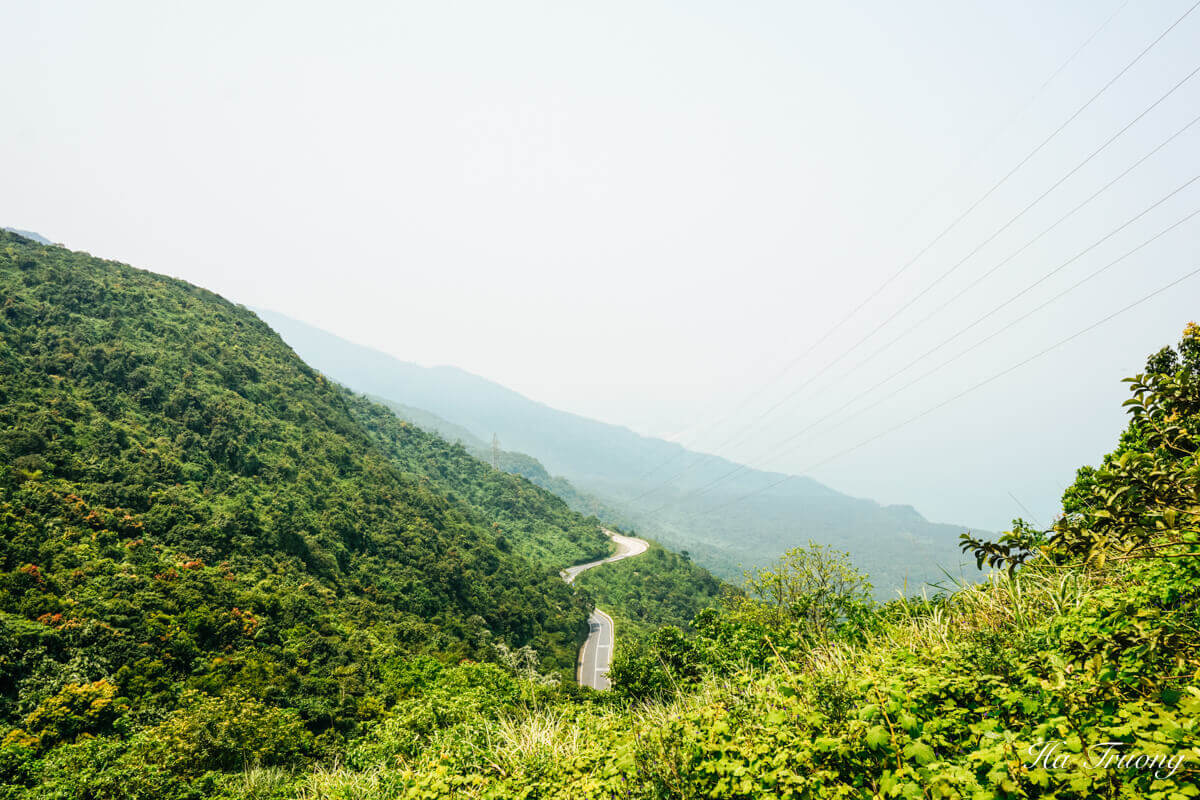
Nha Trang to Da Lat
Craving for some coastal views paired with highland scenery? This route has you covered.
Starting from the beach city of Nha Trang, you’ll head to the cool mountain town of Da Lat.
Along the way, you’ll experience an elevation change that transforms the climate and the scenery, offering everything from palm-fringed beaches to misty pine forests.
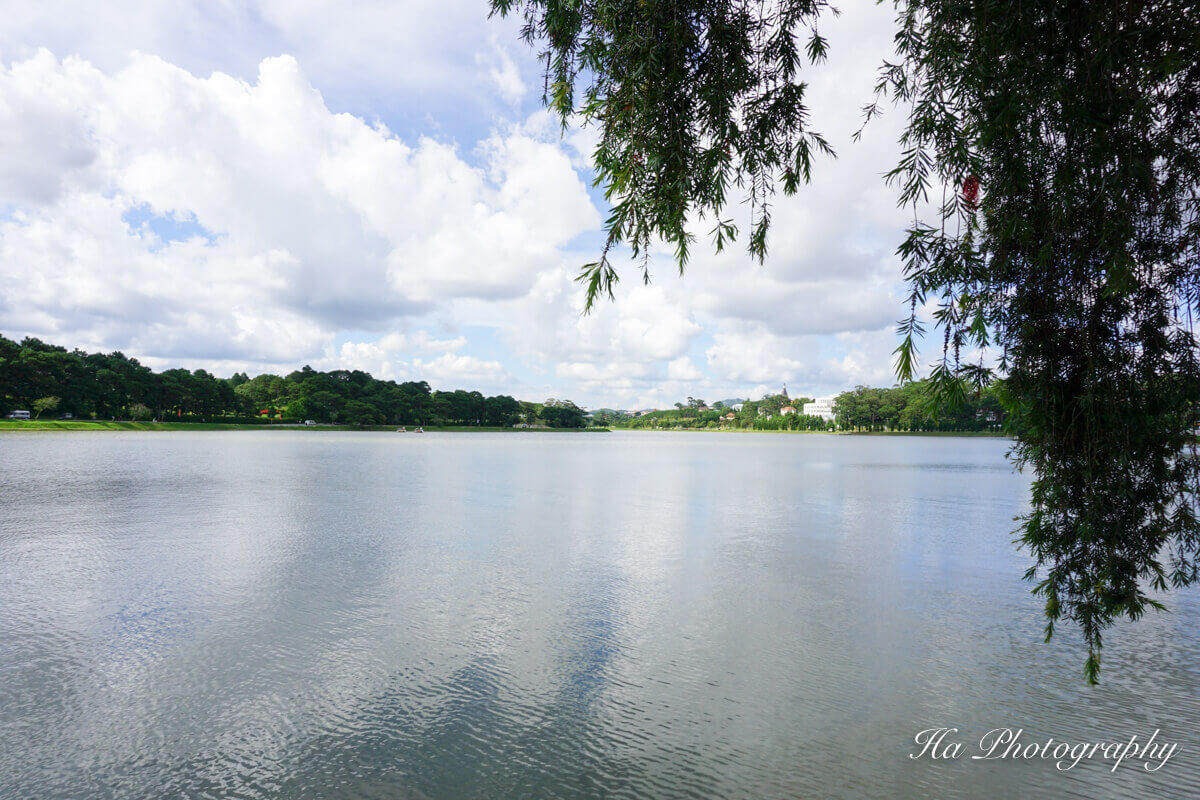
Phong Nha to Khe Sanh
This is a route for those intrigued by Vietnam’s wartime history. You’ll ride through the former demilitarized zone (DMZ), seeing historical sites and remnants from the Vietnam War, all the while surrounded by natural beauty.
The Coastal Route
The Coastal Route of Vietnam is a sun-soaked, sea-breeze-filled journey that will take you alongside the country’s extensive coastline.
Starting from Hanoi in the north and stretching down to Ho Chi Minh City in the south, this route is a mesmerizing mix of pristine beaches, quaint coastal towns, and lively seaside cities.

Destinations like Da Nang, Nha Trang, and Phan Thiet will leave you awed by their beauty. Each stop offers something unique – be it the towering sand dunes of Mui Ne or the historic charm of Hoi An.
FAQs
Is it safe to rent a motorbike in Vietnam for first-time riders?
If you’re a newbie, practice before hitting the chaotic streets. Many shops offer brief training sessions. Also, consider starting in a smaller town with less intimidating traffic.
How much does it cost to rent a bike in Vietnam per day?
Rental costs can range from $5 to $10 a day for a basic scooter and can go up to $20 to $30 for more powerful bikes. Always negotiate and check if the price includes a helmet, which is a must-have for safety.
How can I avoid bike rental scams in Vietnam?
Always read reviews of the rental shop and thoroughly check the bike for any damages before riding off. Make sure you have a clear agreement about what is covered in case of damages or theft.
What are the fuel options in Vietnam?
Most motorbikes use petrol, and fuel stations are plentiful. Some places sell petrol in bottles by the roadside, but it’s more expensive and not advisable due to questionable quality.
Are there age restrictions for renting a motorbike in Vietnam?
The legal age for riding a motorbike in Vietnam is 18.
What kind of insurance do I need for motorbike rentals in Vietnam?
While many rental shops offer basic insurance, it’s smart to have comprehensive travel insurance that covers motorbike riding. Check the fine print carefully to ensure you’re covered.
Do I need an international driving permit to rent a motorbike in Vietnam?
While not always checked, an international driving permit alongside your original driver’s license is the legal requirement.
Final thoughts
Above is my in-depth guide to renting a motorbike in Vietnam. Sure, it might seem like a lot, but these tips will help you have a smoother, safer, and more fulfilling journey.
